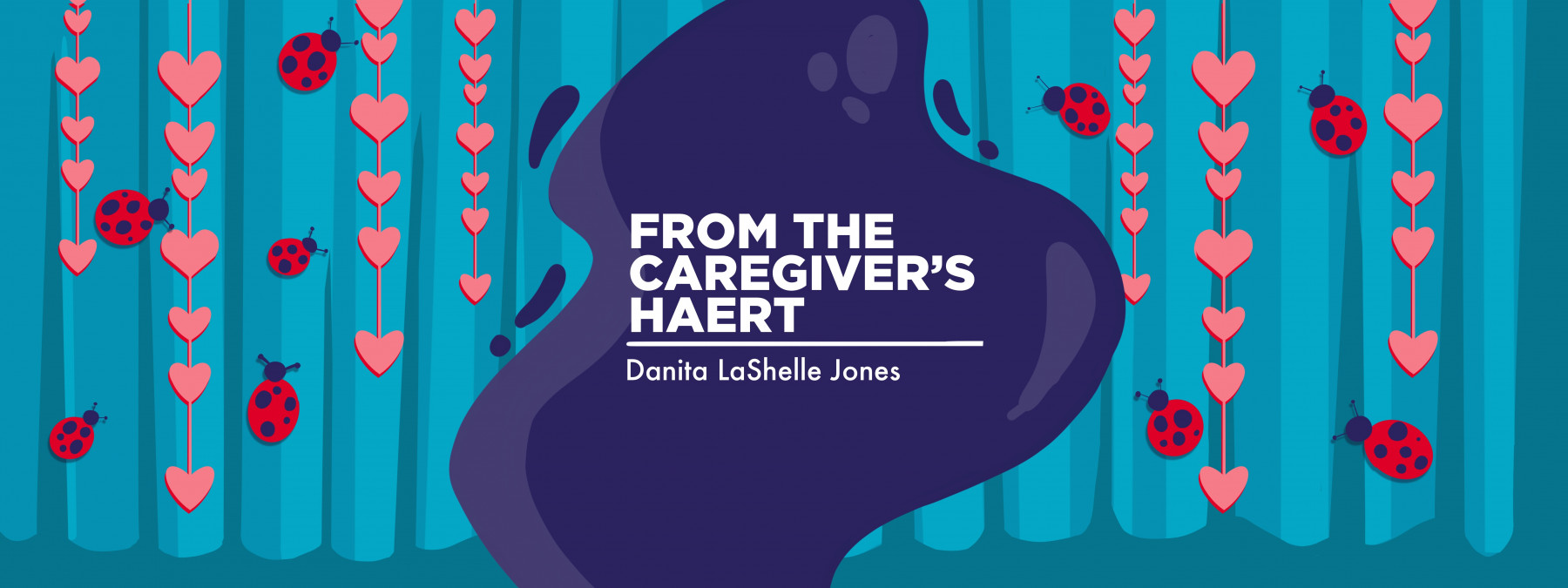HAE cases may present differently, but patients are together in support
It matters to know you're not alone in the battle against hereditary angioedema
Written by |

I’d done it!
This time of year, per a family tradition, we end our Fourth of July celebration with a spectacular fireworks show. I spent the better part of an hour a few years ago scouring the internet to find the best one in the city. Soon, we loaded our excited kids into the minivan and headed to our destination.
When we reached the designated area, we discovered that the fireworks show, unfortunately, wasn’t an isolated presentation, but an exclamation point to a music festival that had been happening all day. This schedule meant that every available good patch of grass to sit on was already taken.
Not letting that deter us, we joined a dense crowd of other latecomers who’d congregated between two brick buildings. As far as everyone could tell, this was the second-best place to witness our favorite part of the day.
When the first rocket zipped into the sky, everyone in our group realized we’d made a terrible mistake. Somehow, when preparing for the event, someone forgot to block off where we were standing, leaving the vast group in what could only be described as the fallout zone. Before we could react, loud explosions, blinding flashes, and hot ash began to fall from the sky. Because so many of us were in a small area, it eliminated our ability to retreat quickly.
After it was over, on the long trek back to our car, I couldn’t help but notice the difference between the two groups: One, the “lawn group,” excitedly talked about the show’s beauty, how impressive the fireworks were, and how they would return the following year.
But our group walked silently back to our cars, smelling like smoke as we brushed gray ash off our clothes and out of our hair. After several minutes of walking, one of our kids commented that it was the “worst fireworks show” they’d ever seen. I became immediately aware of the stares and confused looks from people in the “lawn group.” Even though we were caked in evidence from the unfortunate encounter, they didn’t understand what we’d been through.
We already stood out, but the lack of empathy from our fellow viewers made us feel even more isolated.
Once we reached the van, my mind couldn’t help but think how this circumstance was a great metaphor regarding our oldest daughter and her hereditary angioedema (HAE).
When that daughter, known from birth as Ladybug, was officially diagnosed with HAE in 2021, we found it easy to pinpoint some similarities between her and others with her condition.
When talking with other caregivers about their children, we shared familiar stories about specific symptoms, emergency room visits, and even the struggle we face regarding school absences.
Many times, however, I noticed that our experiences didn’t mirror each other. It became apparent that Ladybug’s reactions to some medications weren’t the same, her phobia of needles surpassed what most could identify with, and even her swelling presented differently than most.
Because Ladybug lives with hereditary angioedema with a normal C1 inhibitor, her experience can be quite different from others, under certain circumstances. Yet even with those differences, I’m grateful.
As I’m sure is true in other rare illness communities, empathy is a large part of our support system. Even if the journey isn’t the same, caregivers and patients rely on hearing someone say “I get it,” “I understand,” or “That must be hard.”
Although the numbers may be different and titles may not be the same, once those familiar three letters — HAE — are introduced among others with the disease, there are resources to rely on, shoulders to cry on, and understanding that allows newly diagnosed people to feel like they’re not the only people living with it.
And sometimes, the best feeling is knowing you’re not alone.
Note: Angioedema News is strictly a news and information website about the disease. It does not provide medical advice, diagnosis, or treatment. This content is not intended to be a substitute for professional medical advice, diagnosis, or treatment. Always seek the advice of your physician or other qualified health provider with any questions you may have regarding a medical condition. Never disregard professional medical advice or delay in seeking it because of something you have read on this website. The opinions expressed in this column are not those of Angioedema News or its parent company, Bionews, and are intended to spark discussion about issues pertaining to angioedema.







Leave a comment
Fill in the required fields to post. Your email address will not be published.